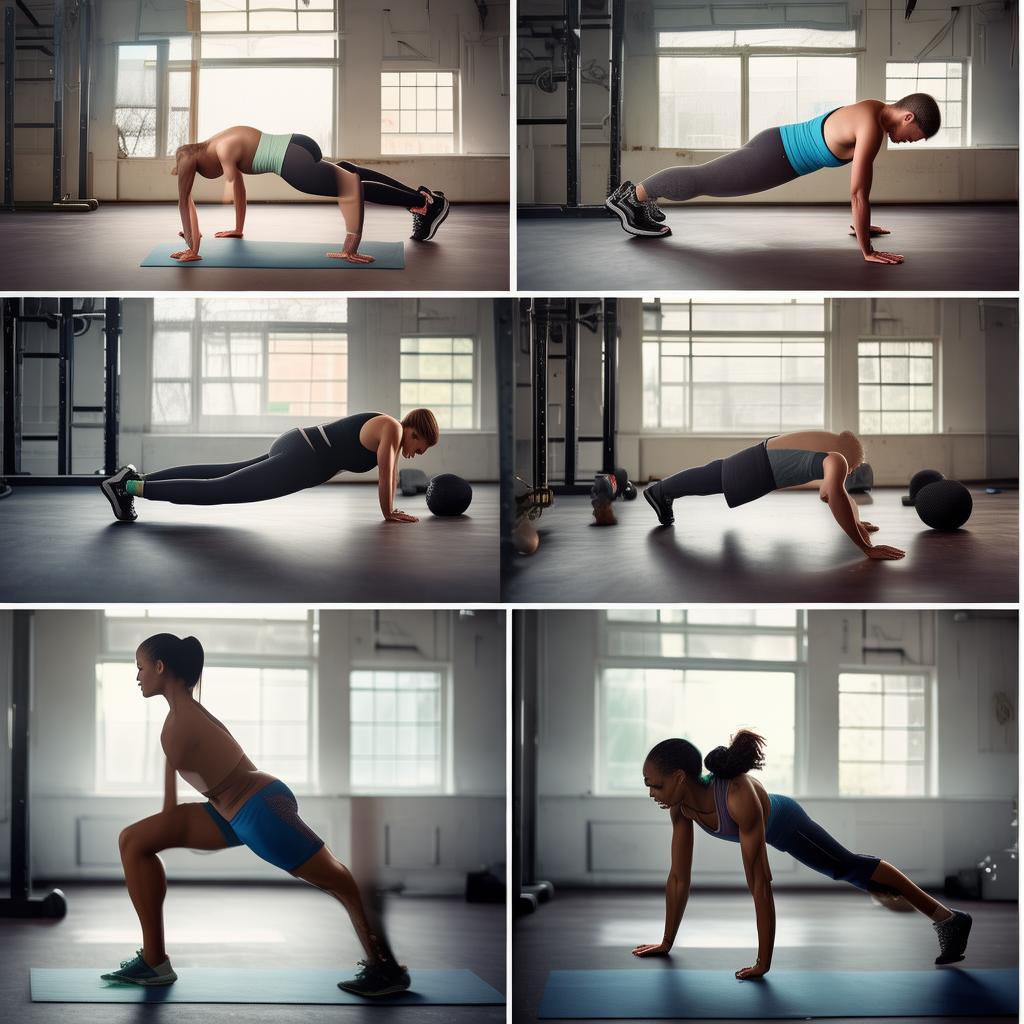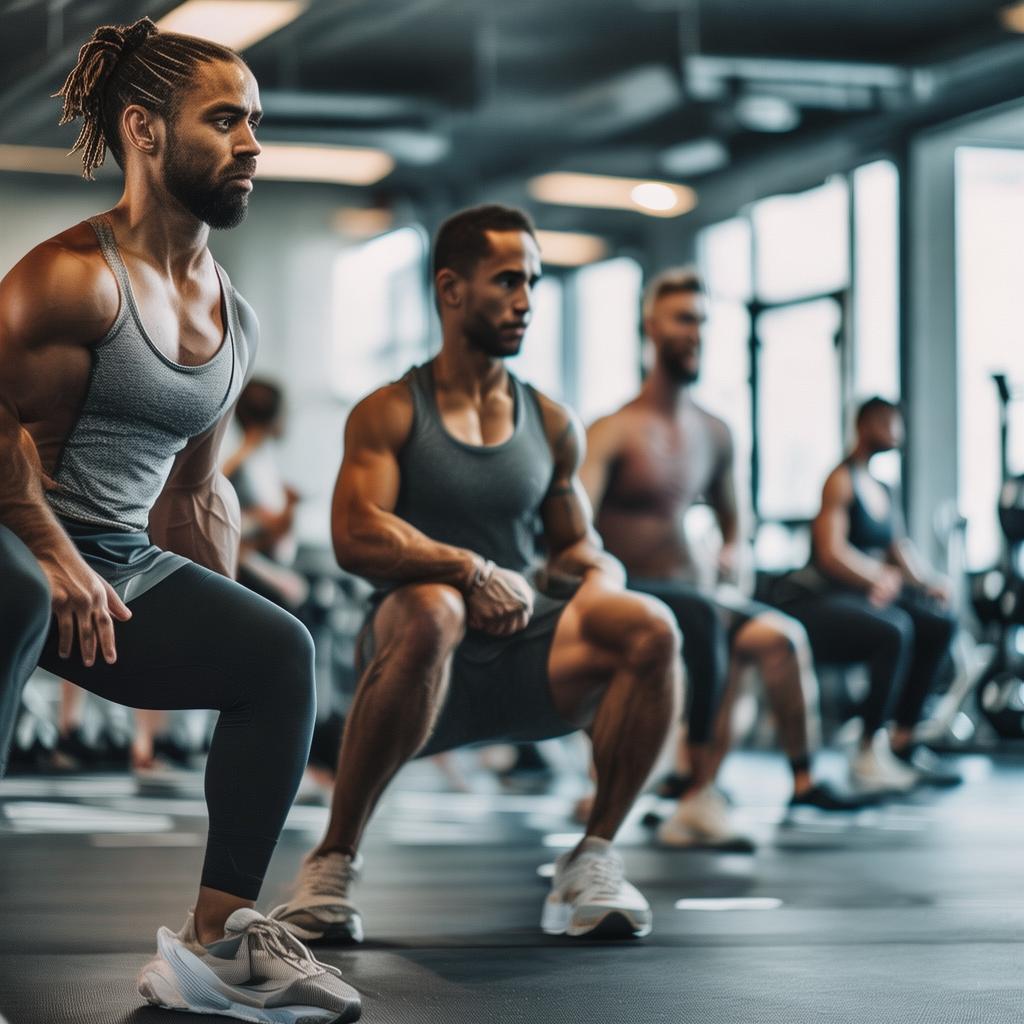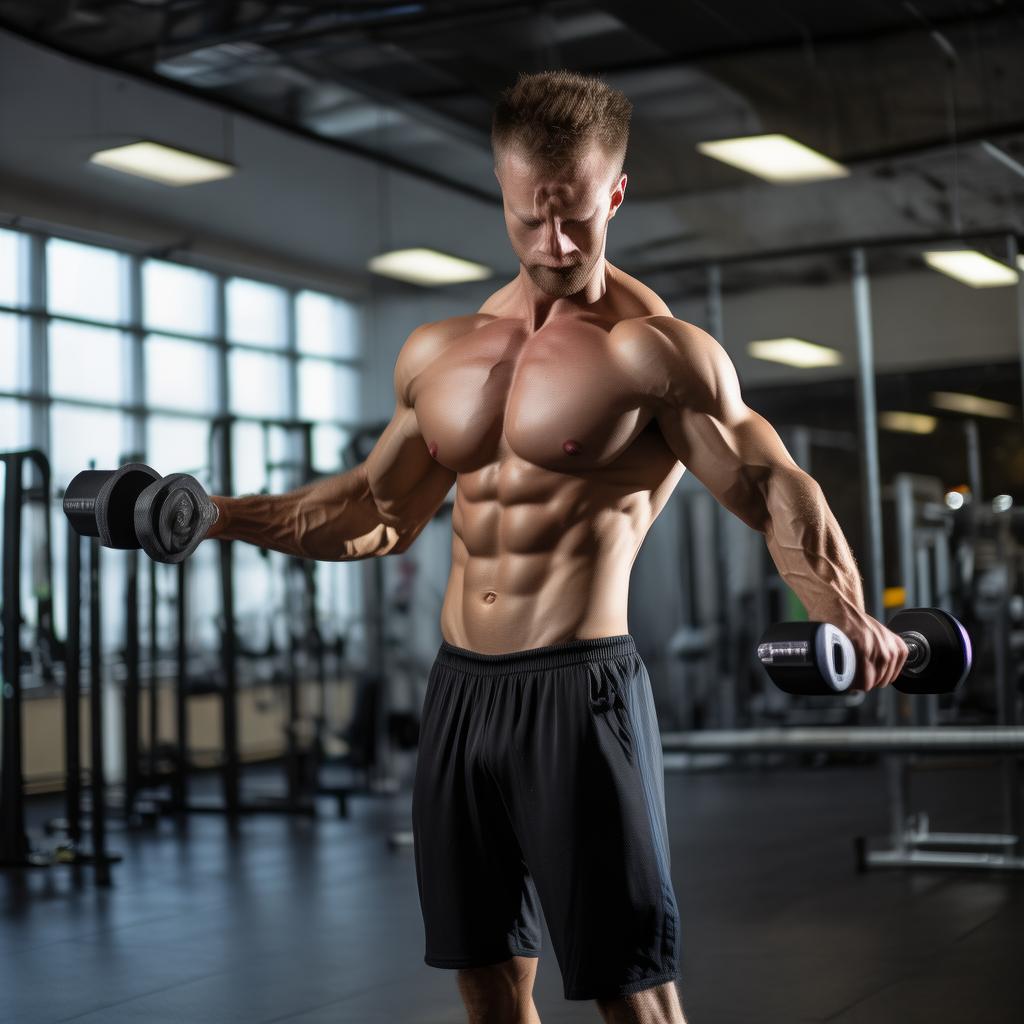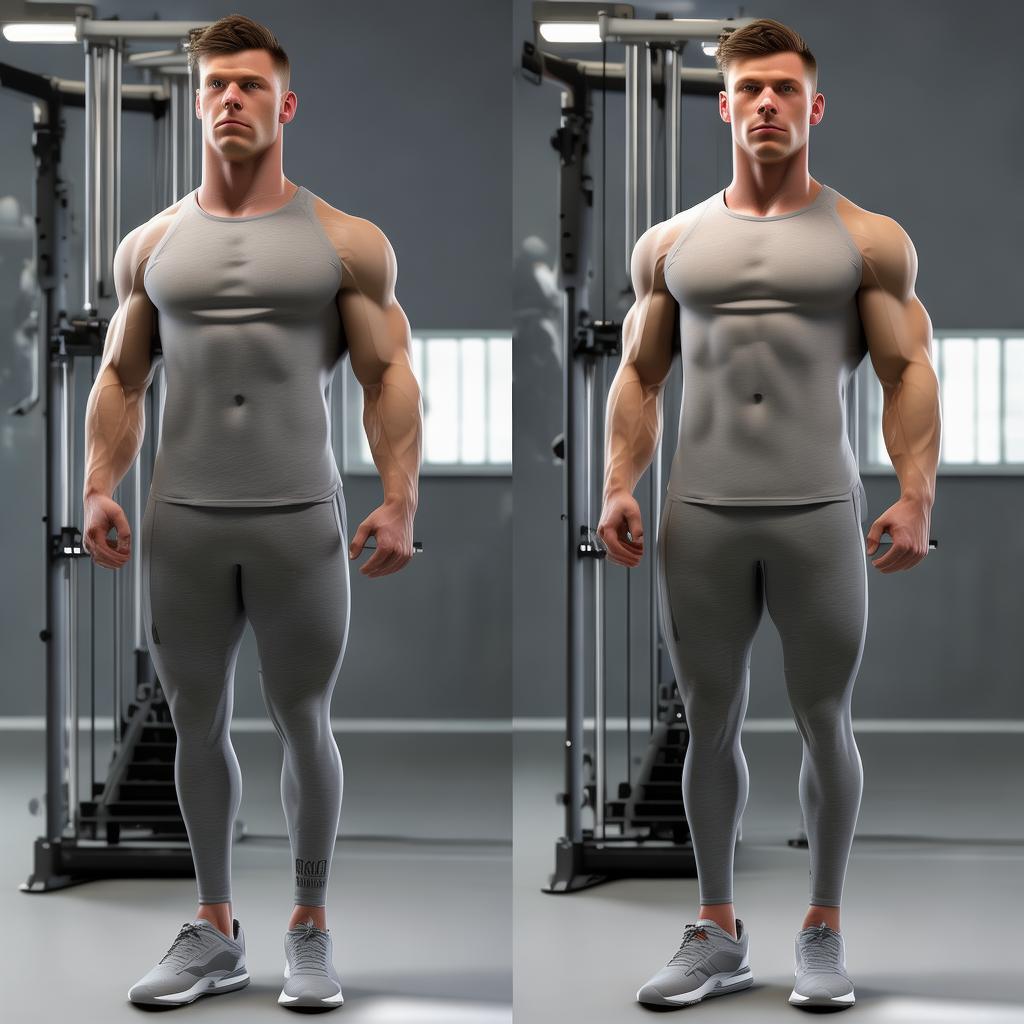Introduction
A friend recently inquired about the most suitable moves for fitness – beginners. The truth is, there’s no such thing as the “best” movement; it’s all about what’s right for you. And no single movement can comprehensively work the entire body. However, we highly recommend that beginners focus on compound movements, which are crucial for muscle – building. These movements allow you to target multiple major muscle groups simultaneously, saving time and energy for other aspects of life.
Five Key Fitness Moves for Beginners
As a beginner, relying solely on push – ups is not enough due to their limited effect. Fitness is about achieving a balance in training. Some compound movements may seem intimidating at first, especially if you lack coordination and body control, as they involve multiple body parts. But don’t worry, starting with light weights and building confidence is the key to conquering the free – weight zone.
1. Deep Squats
Most fitness veterans agree that deep squats are effective. The weighted back – of – the – neck deep squat is commonly used, but other types of deep squats are also great. When attempting this king of leg movements:
- Begin with an empty barbell to master the correct form, which is of utmost importance. Gradually increase the load as you get comfortable.
- Keep the barbell set below your shoulders for easy removal.
- Place the barbell on your upper back, not on your neck.
- Squeeze your shoulder blades together, keep your chest up, and support the load on your back for a more comfortable movement.
- Place your hands shoulder – width apart on the barbell and squeeze it outwards to tense your upper body.
- Position your feet at a comfortable width, which may be determined by a few self – weight movements beforehand.
- Inhale, hold, then squat down, keeping your heels on the floor, extending your knees, and allowing your hips to sit down.
- Keep your torso straight and concentrate on keeping your jaw tight.
- Drive your body through your feet, exhaling as you approach the top of the movement.
- Use lower reps (5 – 6 reps per set) to ensure quality. If it’s difficult, try kettlebell goblet squats first to help with a high spine and complete a good movement.
2. Hard Pulls
Many people are afraid of hard pulls, thinking they are too heavy, injury – prone, and bad for the back. In fact, any movement can be harmful if done incorrectly. In a traditional hard pull:
- Keep your feet hip – width apart and position the laces under the barbell.
- Place your hands on the barbell outside your calves and squeeze your chest up high to keep your back straight and the back of your body taut.
- Place your heels firmly on the floor and take a deep breath.
- Contract your gluteus maximus, pull up the barbell, and stand up.
- Focus on the floor in front of you and keep your chin in a natural position.
- Keep your body tight during the descent and do not relax to avoid hurting your back. When lowering the bar, push your hips back and ‘drag’ the bar down to your legs. If the traditional barbell pull is too difficult, try the sumo pull in a medium standing position first to get the correct back position.
3. Bench Press
The bench press is a favorite among fitness enthusiasts. However, dangerous force – exhaustion bench presses have caused some injuries. A safe bench press starts with the correct starting position:
- Pull your shoulder blades back and anchor them to the bench, forming a distinct arch with a clear gap between your back and the bench.
- Keep your feet close together and bend your knees to 90 degrees.
- Hold the barbell with your hands at a distance that makes the elbow angle no more than 90° when the barbell touches your chest downwards. A narrower hand angle is more comfortable for the shoulders.
- When lowering the barbell, ensure your forearms are perpendicular to the underside of the barbell, forming a vertical line with the floor.
- Exhale as you lift the barbell and inhale as you lower it.
- Apply force to all body parts. Lean your butt firmly on the bench and put your feet on the floor with each push – up to increase the exercise intensity.
4. Pull – ups
Pull – ups are one of the first fitness actions many enthusiasts come into contact with, but they are often performed incorrectly. To properly train the latissimus dorsi:
- The scapulae must move inwards and downwards.
- Lift your chest towards the barbell.
- Bend your elbows as far as possible to allow the body to complete the movement. Don’t focus on doing more reps; start conservatively from the shoulder blades. Split the reps into sets to maintain movement quality.
5. Overhead Presses
Correct overhead presses are not commonly seen, even among experienced lifters, due to their difficulty. Here’s how to do it:
- Set the barbell at a height slightly below shoulder height.
- Hold the barbell firmly with your hands wider than shoulder – width apart, with your elbows facing down in front of the barbell. Step back and keep your feet hip – width apart.
- Keep your body taut, engage your abs and gluteus maximus even when the barbell is on your collarbone. Take a deep breath and push the weight directly overhead, aiming for your nose but not hitting it.
- Once the barbell is over your head, drive your face forward. The biceps should be aligned with your ears, not in front of your head. Exhale as the barbell is pushed near the top.
- Don’t let your back arch too much as the barbell reaches the top by engaging your gluteus maximus and abdominal muscles.
- Lower the barbell slowly to the collarbone and repeat. Keeping the reps low (5 – 10) helps maintain good form.
Compound movements offer numerous benefits and play an irreplaceable role in muscle development and balance. Whether you’re a beginner or an experienced bodybuilder, they should be a top priority in your fitness routine.





